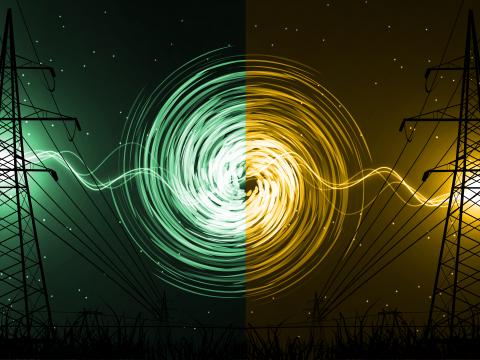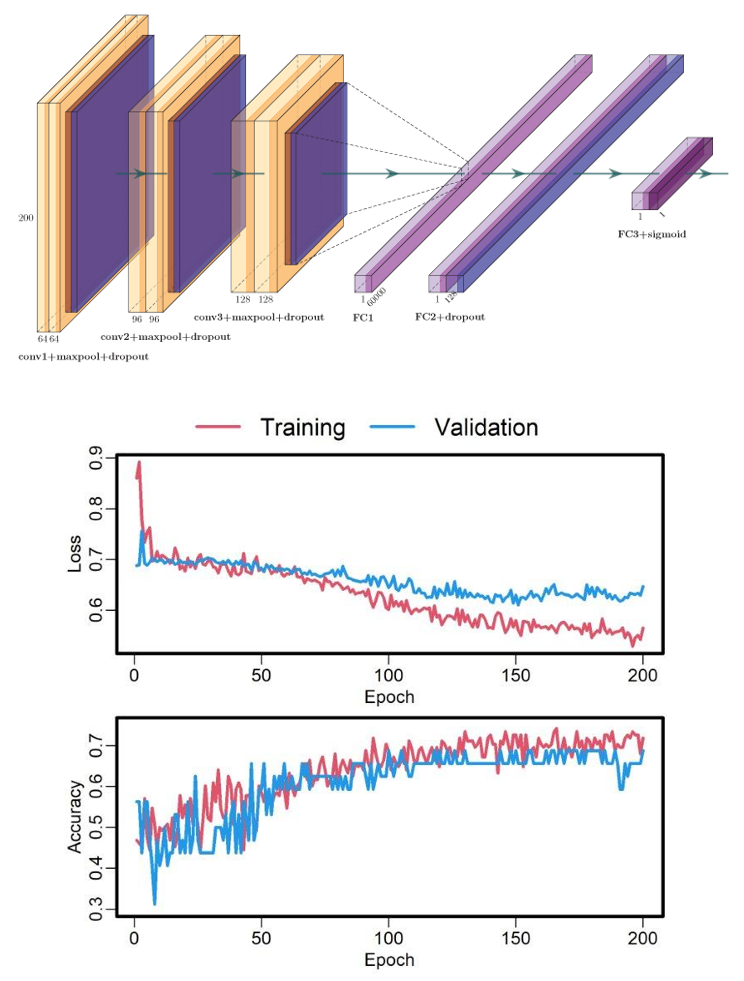Probability and Trajectory Forecasting of Weather Conditions on Power Consumption Anomalies

Team
Xiao-Ying Yu, leader; Patrick Royer, Huiying Ren, YuLong Xie, and Jason Hou
Problem
Quantifying the impacts of weather variations on power outages, particularly those events with unknown drivers, remains a great scientific challenge. We use statistical and machine learning approaches to obtain the spatial probability of trajectory predictions for how air parcels affect different locations concerning power consumption needs and associated anomalies, demonstrating a computational method for connecting the physical world.
Approach
Measured parameters, such as wind speed, wind direction, temperature, and relative humidity can be used to construct physics-informed computation of regional power usage. The Power Systems and Weather Extremes data sets are used to perform probability and trajectory predictions and forecasting on power consumption anomalies.

Bottom: CNN model history of potential source contribution function image analysis.
Results
This effort demonstrates computational methods to connect disparate components of the physical world by subdividing complex phenomena into sub-problems and solving them separately using ML and physics-based techniques. This project also establishes the groundwork for upscaling the computation and ML algorithms developed for projects that have real-time weather conditions as the main environmental perturbation on observables, such as power outages, extreme weather, and air pollution.
Code, Data, and Related Links
In progress.
Publication(s)
In progress.